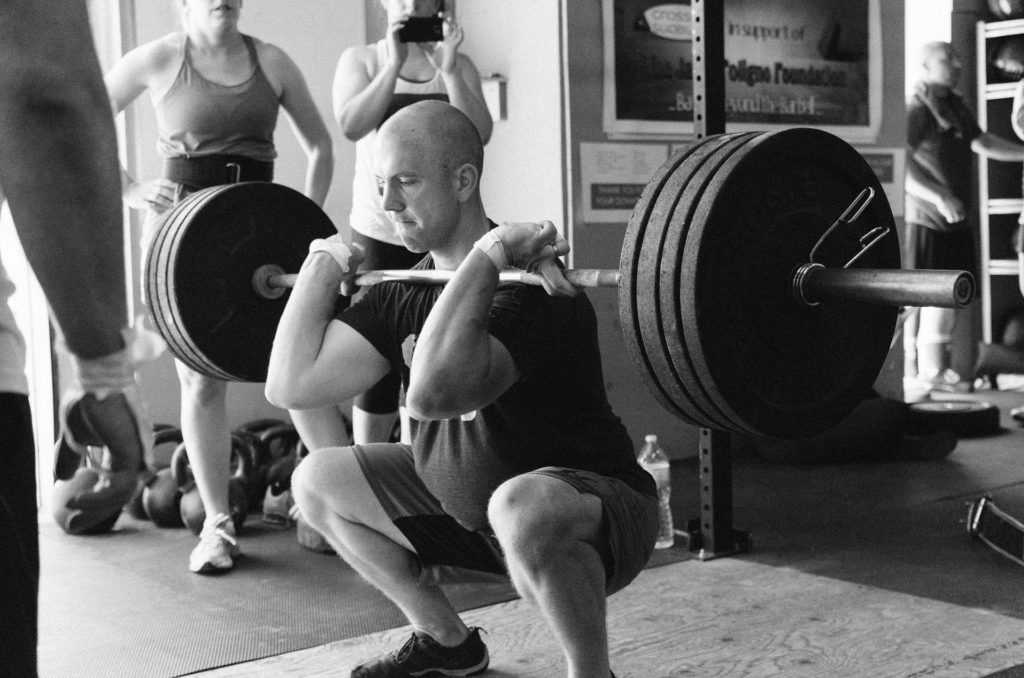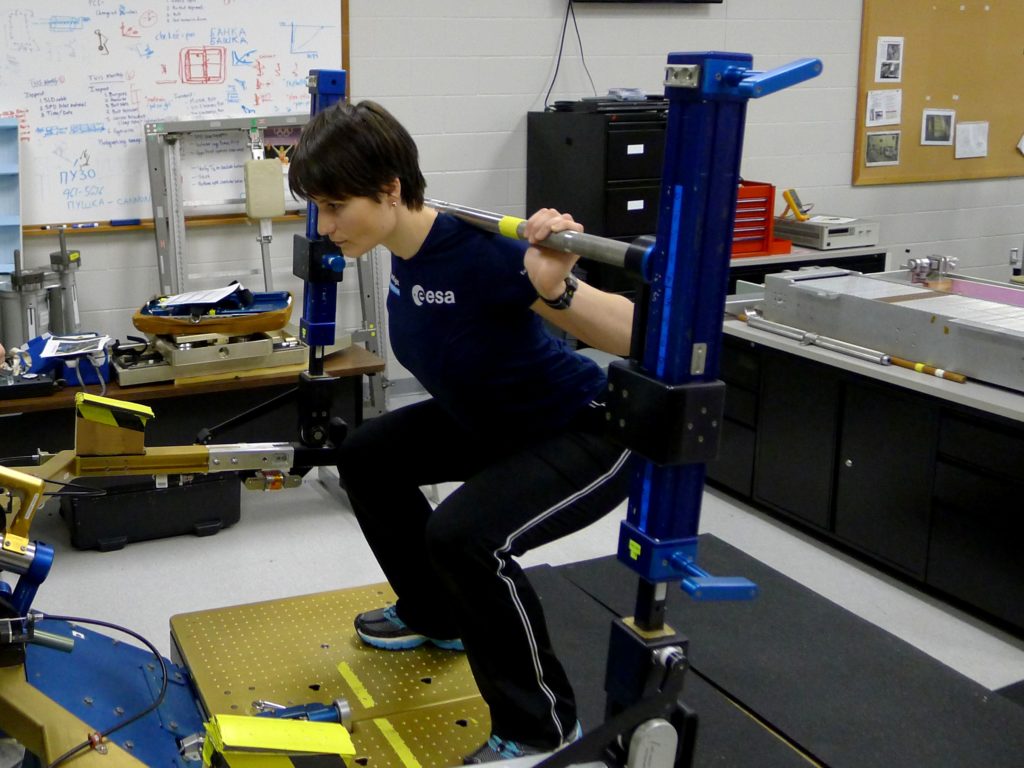The following is a guest article from Paul Vandyken.
Squats are a multi-joint exercise that engages most of the large muscles of our lower body. They hit our glutes, hips, hamstrings and thighs. Squats done properly are also perfect for our cardiovascular system. And if you’re looking for great butt exercises, then this is for you. The squat is probably the best weightlifting movement for developing the curve of the buttocks. Not only that but they are considered the “premier movement of weightlifting.”

You can do squats several different ways, including using free weights (barbells or dumbbells), your body weight only, squat machines and squat racks at the gym, and even a chair.
The squat exercise is an effective method of building muscle mass and increasing strength in your lower body, particularly the quadriceps, hamstrings and the glutes.
Although the squat technique may appear to be as easy as cake to do; that is simply not the case. There are many subtleties involved in squatting, which is vital to your success…
…And conveniently, this exercise guide explains precisely how to squat with proper technique to maximize your results while minimizing your risk of injury:
1. Set up Correct Position
Before beginning the squat, you must get into the correct setup position. Firstly, make sure you are using a power rack to hold the weight when you aren’t lifting. Once you have the barbell in a resting position on the rack, change the height of the bar, so it sits just below the level of your shoulders. Get the bar into the right spot for your height and then mark down the height of the bar for your reference. This means you will be able to set the bar quickly every other time after this.
2. Add the Weight to the Bar
After getting the bar into the correct spot, you can then add the weight to the bar. As you put the weight on, do not load one side full of weight before putting anything on the other side of the bar as it could tip the bar and the rack over. Also, don’t put on to much weight that you know you won’t be able to lift.
3. Get Yourself into the Right Position
Now you have the barbell set up correctly; you need to get yourself into the right position. Stand underneath the bar and get your feet around shoulder width apart with your toes pointing out. The barbell should be lying across the upper part of your back (the “traps”) over the top of your rear deltoids (shoulders). Do not have the barbell resting on your neck or against your spine. Make sure you are standing under the center of the bar otherwise you won’t be balanced during your lifts. As you stand in a position you should be comfortable with no pains or aches and then you can grip the barbell with quite a wide grip. You don’t want to have to narrow a grip. Otherwise, you will be putting to much pressure on your shoulders.
4. Take the Barbell of the Rack
Once you are comfortably set up, you can take the barbell off the rack. To do this bend your knees and keep a straight back as you push up with your legs. Take a small step backward to avoid hitting the pins during your reps and as you get into the starting position, feel the weight and get used to the amount of weight you will be experiencing in your reps. Preparing yourself for the reps psychologically is important, and this is time to do it.
5. Game time
Your starting stance should now be perfect before beginning the squat with your back straight, your head facing forwards with a shoulder width stance. Also rotate your hips and your legs outwards, and this starting stance should be replicated as your finishing stance as well after each repetition. Now comes the actual squat movement. Just before you begin the squat take a deep breathe and hold in, or if you prefer you can take this breath on the way down in your squat.
From your starting position you want to slowly lower your body by dropping your hips but do not push your hips outwards or you will lean forwards and expose your back to injury risk. Keep your back straight with a slender arch at all times in the rep and make sure you keep the core of your body tight and don’t allow your body to relax. Continue to lower your body until you get to the bottom of the squat where the top of your thighs should get below parallel to the floor.

Next is the explosive movement of pushing the weight back up from the squat. Keep your hips and your butt straight and moving upwards in a straight line just like you did on the way down and held your breath as you push up. Drive upwards forcefully through your heels and make sure you contract the vital muscle groups, the glutes, quads and hamstrings to make sure you are employing the maximum amount of force as well as getting the most out of these muscles.
Most people like to breathe out as they reach the top of their reps but if you don’t want to do it there then slowly breathe out as you reach a sticking point. To finish the rep, stand up with your knees in the locked position. Although you want to finish the rep in this locked-out position, do not straighten your legs with too much force and overextend your knees.
Once you complete the first rep of the squat exercise, get yourself ready and into the next and after you have completed the number of reps in your set you can set the barbell back onto the rack. Take a step back towards the pins where the bar will rest and make sure you have it resting securely before moving away from it.
Furthermore, to enhance your squating experience, you should have a pair of knee sleeves that can prevent serious injuries. It will also help you Recover faster, Reduce swelling, Provide support, particularly in the patella, Improve lateral stability, Reduce the risk of serious injury.
Conclusion
Hopefully, this article has given you enough information so you feel you know how to do squats properly and safely. However, because these are one of the weightlifting movements that can cause serious injury if not done correctly, it’s best to ask a personal trainer or trainer at the gym to show you proper squat technique.
References
- https://gymjunkies.com/squats-technique/
- https://www.bodyrecomposition.com/training/split-squat-technique.html/
Author Bio
 Paul Vandyken is a personal trainer, nutrition coach. His personal website is RigorFitness.com. His blog has articles, videos, and pictures with tips, tricks about fitness, nutrition, and healthy lifestyle. If you are on the journey to your healthy and happy lifestyle, visiting his blog may worth a look or even help you enhance your process.
Paul Vandyken is a personal trainer, nutrition coach. His personal website is RigorFitness.com. His blog has articles, videos, and pictures with tips, tricks about fitness, nutrition, and healthy lifestyle. If you are on the journey to your healthy and happy lifestyle, visiting his blog may worth a look or even help you enhance your process.

